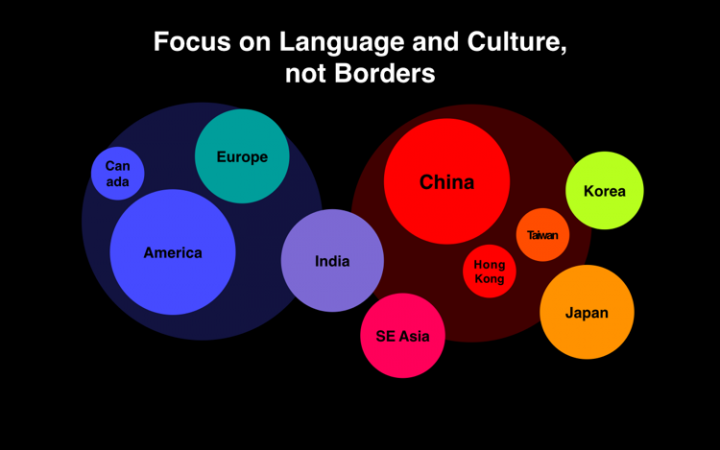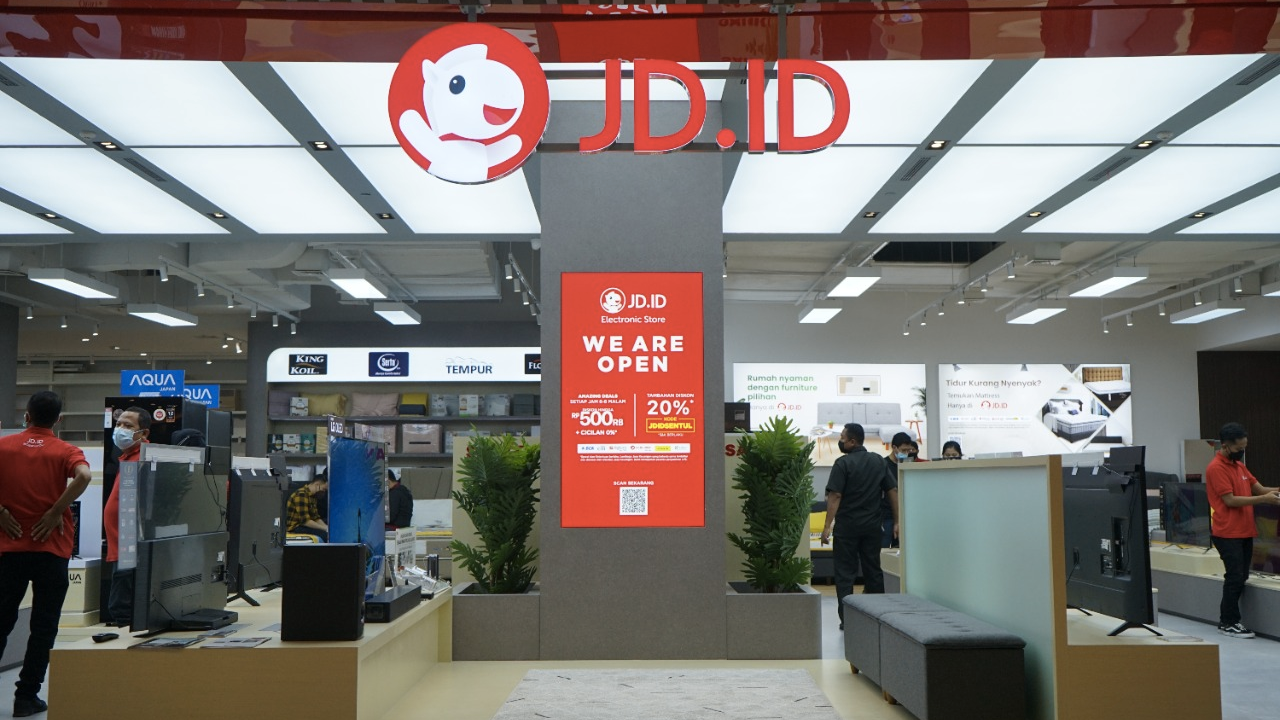3 lies about global expansion you need to know, according to Metaps’ Katsuaki Sato

Metaps founder and CEO Katsuaki Sato at Tech in Asia’s Road to Jakarta Meetup
Katsuaki Sato, founder and CEO of Metaps, is a restless and bold entrepreneur in Japan’s startup community. Not content with a booming app monetization and analysis service, he’s also created a rapidly growing online payments product, and is now working to use satellites for analyzing big data.
One of the few CEOs in Japan (of a startup or large corporation) to successfully internationalize his business, Sato headlined Tech in Asia’s recent Tokyo meetup. His talk and the discussion that followed highlighted what he calls the three main lies surrounding global expansion.
Sato knows what he is talking about. Not only does Metaps have eight international offices, about 60 percent of its revenue comes from outside Japan.
1. Market size matters
Metaps gets the majority of its revenue from outside Japan but it has done so using a balanced approach. It entered larger markets like China and America but has offices in Korea, Taiwan, Hong Kong, Singapore, and the United Kingdom as well. For Sato, market size does not necessarily equal market opportunity.
If your product is good and consumers in a certain country will buy it, then it makes sense to serve them. Blowing tons of cash on strategy consultants and marketing campaigns to win the hearts of a large but indifferent population is not necessarily the best plan of attack.
2. It’s terrible if you don’t win in the United States
Continuing that train of thought, Sato explained why the United States is not a pot of gold at the end of the rainbow. When startups deal with international expansion, they should go for the simplest path. For many startups based in North and Southeast Asia, there is a large language and culture gap to bridge.
The image below shows Sato’s view on which country’s are most closely related in those respects. Startups looking for a smooth transition outside their home country should consider starting closer to home where there is a higher likelihood of success.

Countries with similar colors are good matches for global expansion, says Sato
3. You need to send staff from HQ to your international offices
Sato correctly identified a common trend in Japanese startups and corporations of sending a key manager or executive to international offices for overseeing the local business. Though a common practice, he doubts its effectiveness.
Local hires will always have better know-how, networks, and resources than expats. Even if it means paying a premium price, Sato is happy to hire top, local talent and leave the whole operation to them if it means accelerating his company’s expansion.![]()
Sato’s observations speak to the heart of what makes the startup experience so challenging. How does the company stay focused on the markets and metrics that matter, not those which just sounds nice?
On that note he had one more piece of advice for Japanese entrepreneurs looking to go global. Don’t rush into an IPO. “If you are a Tokyo company, IPO is the way to go. It helps with hiring and gaining consumer trust. But if you are going global and expanding into Singapore, does the IPO really have the same impact? You need to think about what is really necessary for your company,” he told the crowd.
See: Who’s going to Startup Asia Jakarta? The winner of Tech in Asia’s Tokyo meetup
Recommended reads
 Surge backs $5.1m round of first accelerator participant from Thailand
Surge backs $5.1m round of first accelerator participant from Thailand 60/40 Podcast: Trump’s tariffs in Asia, TSMC in the US, and more
60/40 Podcast: Trump’s tariffs in Asia, TSMC in the US, and more Alipay-backed Chope lays off 65 employees
Alipay-backed Chope lays off 65 employees Delivery Hero makes 156 job cuts at Berlin HQ
Delivery Hero makes 156 job cuts at Berlin HQ JD Indonesia to shutter in-house logistics ops amid exit rumors
JD Indonesia to shutter in-house logistics ops amid exit rumors Crypto.com slashes 20% of global workforce
Crypto.com slashes 20% of global workforce Nasdaq-listed Freshworks sheds 90 jobs
Nasdaq-listed Freshworks sheds 90 jobs YC-backed Cashfree Payments sheds up to 80 employees
YC-backed Cashfree Payments sheds up to 80 employees Amazon India begins laying off 1,000 staff
Amazon India begins laying off 1,000 staff Binance to add 15%-30% staff despite market downturn
Binance to add 15%-30% staff despite market downturn
Editing by Terence Lee, top photo courtesy of Kimoto Minoru
(And yes, we’re serious about ethics and transparency. More information here.)









